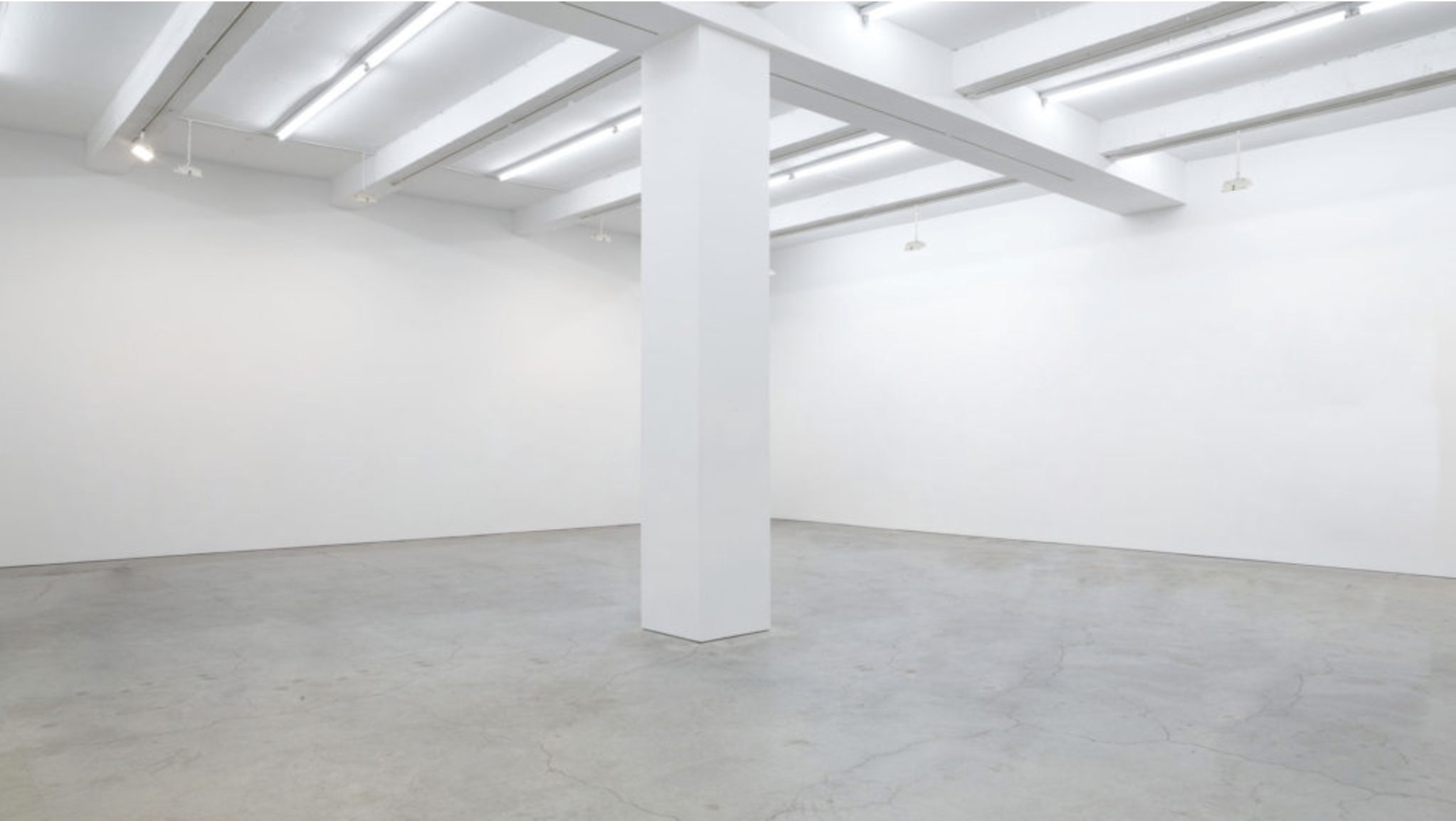The virtualisation of cultural artefacts such as paintings, sculptures and manuscripts have become increasingly relevant during the last year because health regulations during the pandemic have forced cultural institutions to showcase their work at a distance. Coupled with the affordability of digital technologies for the digitisation of artefacts (i.e. cameras, 3D scanners, software) and higher standards for cultural preservation, there have been some interesting developments in the capabilities and experiences created through these virtual methods. Beyond the digitisation of physical artefacts, NFTs and digital art have seen an increase in popularity valuing the total market at $2.5 billion USD during the first half of 2021, representing an explosive 18,140% increase in value in less than one year. Given that artists, collectors, audiences and galleries have participated and benefited from these virtual exhibitions, we will be taking a closer look at how virtual spaces have been adapted for showcasing art.
All cultural institutions have had to rethink how to showcase the work through virtual methods, but art galleries have capitalised these new opportunities in an interesting way. These physical spaces represent a platform managed by key industry players that connects artists, collectors and audiences for profit. When we think about the traditional contemporary art gallery, we think of big spaces capable of hosting many types of formats. It's lined with well lit surfaces, drawing our focus to the works posted on the wall. This design is so that the space can be modular so it can be reused with minimal effort. The artist's work does not expand beyond the canvas. The gallery is a blank slate used to neutralize the context and let the art speak for itself.
Meta-galleries
With the increase popularity for metaverse enviroments and digital art, Sothebys identified an interesting opportunity and launched Natively Digital: A Curated NFT Sale. They produced a digital replica of the Sotheby's Gallery in a blockchain metaverse called Decentraland. Within this digital building they exhibited an assortment of old and new NFT works by several artists that netted $17.1M in sales. Through a virtual avatar, you can take a tour of the gallery and explore the exhibition. Each piece has an attached hyperlink that when clicked, redirects you to an information page about the work. This has been coined a Meta-gallery, a virtual model of a real physical gallery situated in a metaverse. Anybody around the world can access this gallery at any time by clicking on this link.
Sotheby's Meta-gallery in Decentraland (Artnet)
Sotheby's IRL Gallery in NYC (HIGHSNOBIETY)
When we evaluate digitised cultural artefacts, we understand that it is a digital replica of a physical work. Some cited drawbacks of these virtual representations include a loss in context and curatorship because artefacts are usually exhibited in isolation without a sequence or collaborative composition. It's also difficult to get a grasp on scale through virtual examinations. You can zoom in and zoom out as far as you like, making the size hard to understand. Digitising objects also introduces some artefacts of distortion and loss in fidelity, making the virtual detail inferior to its original counterpart.
But when we appreciate digital art in the context of this meta-gallery, one could argue that some of these gaps start to close:
Context: The virtual gallery mimics the layout of the physical gallery, developing the exposition's narrative through sequence and physical context.
Scale: You navigate through an avatar of a person in this virtual world. This lets you understand the digital artwork in relation to the virtual person within a building, giving you a better understanding of the scale that the artist wanted to transmit through their work.
Distortion: Digital art is being exhibited in its native environment. The work is faithfully represented because it's not a digitisation of a physical artefact.
Galleries as Art
Some artists are taking these digital opportunities to push the boundaries between galleries and virtual worlds. Once we operate under a digitally native mindset, we free ourselves from physical constraints and challenge the spaces where art is exhibited. The artist can design and transform the environment through which the work is exhibited, expanding the narrative beyond the canvas. Decentraland collaborated with British artist Philip Colbert to develop Lobster Land:
“Lobster Land is my digital art world and home of my Lobster persona which I’ve been developing over the past few years. I was inspired by the opportunities new digital technology has created to make a more immersive and interactive art experience. I believe that creating a new phenomenon of artistic experience pushes the boundaries for what art can become. For me art is about building a world and a language, so the metaverse makes this literally possible.” - Philip Colbert
Lobsteropolis (Art Plugged)
Philip Colbert (St. Andrews)
Not only do virtual spaces allow the exhibition of digital art, but they can become part of the work itself. This generates innovative platforms where artists, audiences, galleries and collectors can intersect regardless of physical constraints.
Conclusion
Given the physical constraints during the pandemic, the popularisation of digital art and the availability of metaverses, galleries and artists are pushing the boundaries of virtual spaces used for the exhibition and interaction with art. Not only does this medium close certain experiential gaps when used for exhibiting digital art, its flexibility allows for more creative uses of space as a digital artistic medium. The metaverse lends itself to an accessible and democratic environment, contrasted with the “VIP Invite-Only” traditional gallery events. The market has validated that this NFT blockchain dynamic is worth taking seriously. With these tools in hand, it exciting to see how artists choose to join the conversation to further our understanding of the digital and push the boundaries of art.








